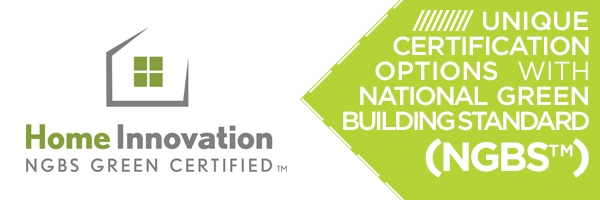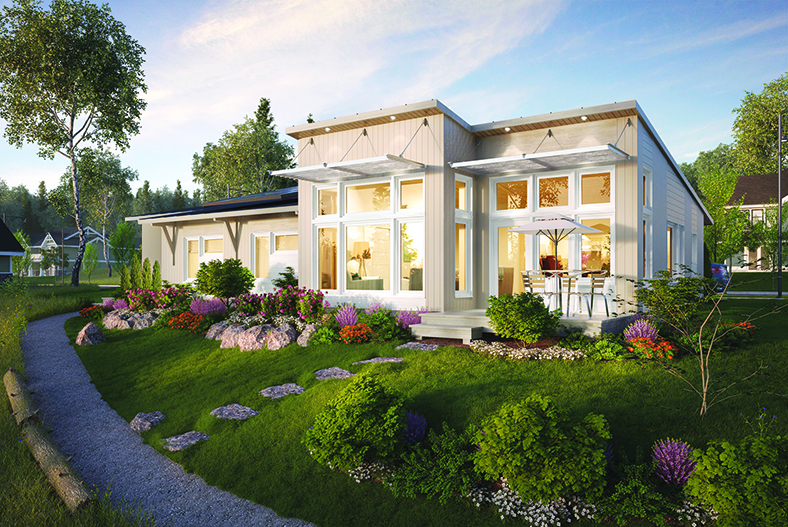- October 27, 2016
- 0 Comments
- In Certifications & Programs
- By Steven Winter Associates
LEED v4 Changes and Updates
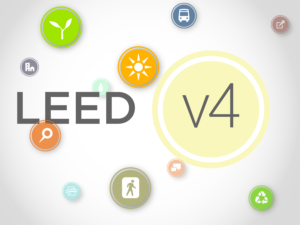
 We all knew the time was creeping up on us when LEED v2009, known as LEED v3,would no longer be an option. There are plenty of Halloween ghouls about, but LEED v4 shouldn’t give you a scare! We have a few key resources to help you understand the new rating systems and ensure a smooth transition.
We all knew the time was creeping up on us when LEED v2009, known as LEED v3,would no longer be an option. There are plenty of Halloween ghouls about, but LEED v4 shouldn’t give you a scare! We have a few key resources to help you understand the new rating systems and ensure a smooth transition.
LEED v3 Sunset and Registration Dates
All projects that wish to pursue LEED v3 must register by October 31, 2016. Additionally, LEED v3 projects must certify by June 30, 2021. Projects that register now under LEED v3 can always transition to LEED v4 at no cost, but you can’t switch back to v3 after 10/31/16.

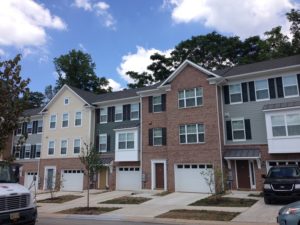
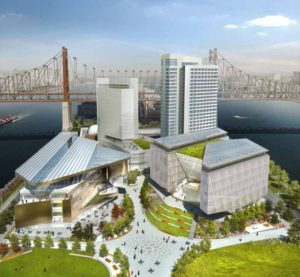

 accounts for non-recyclable toxins, and so forth.
accounts for non-recyclable toxins, and so forth.
